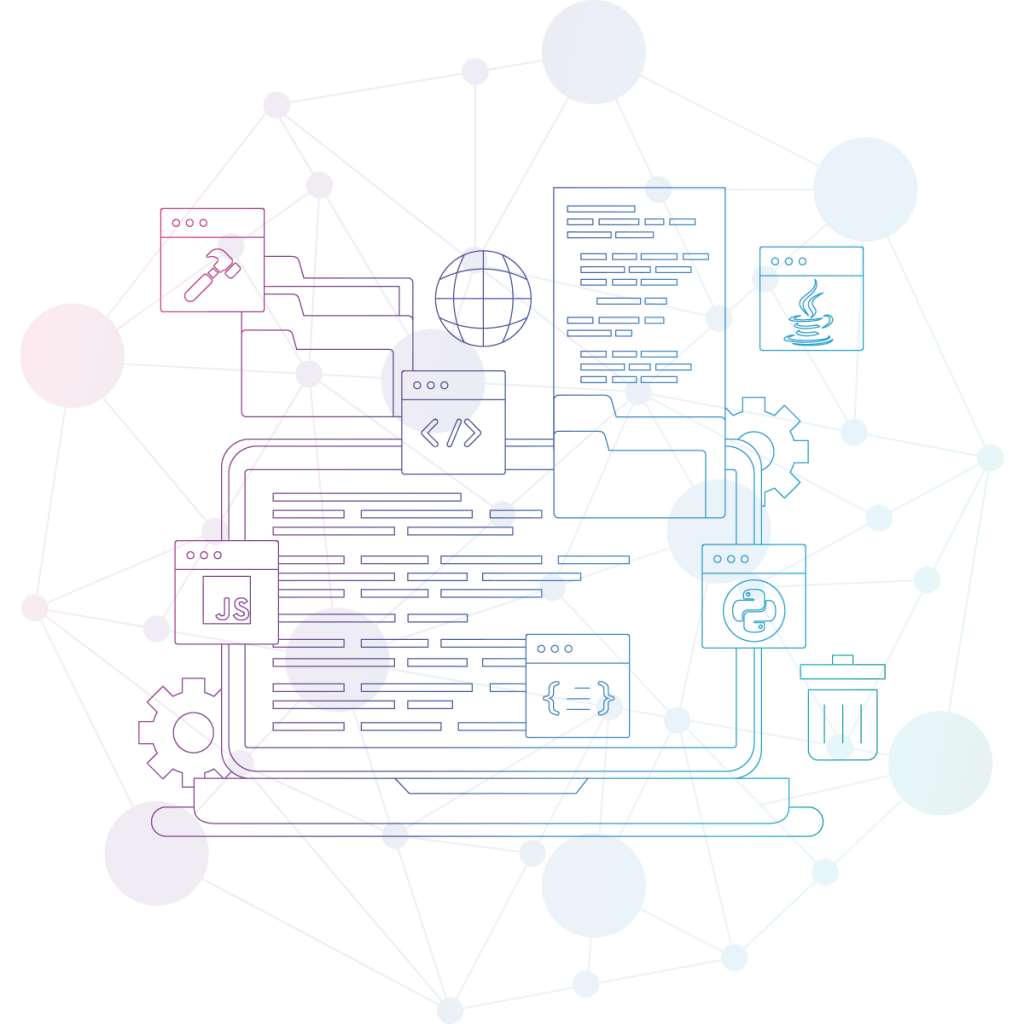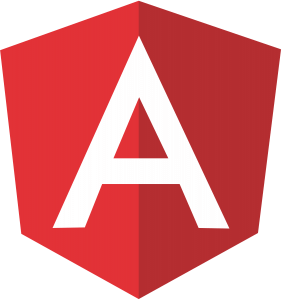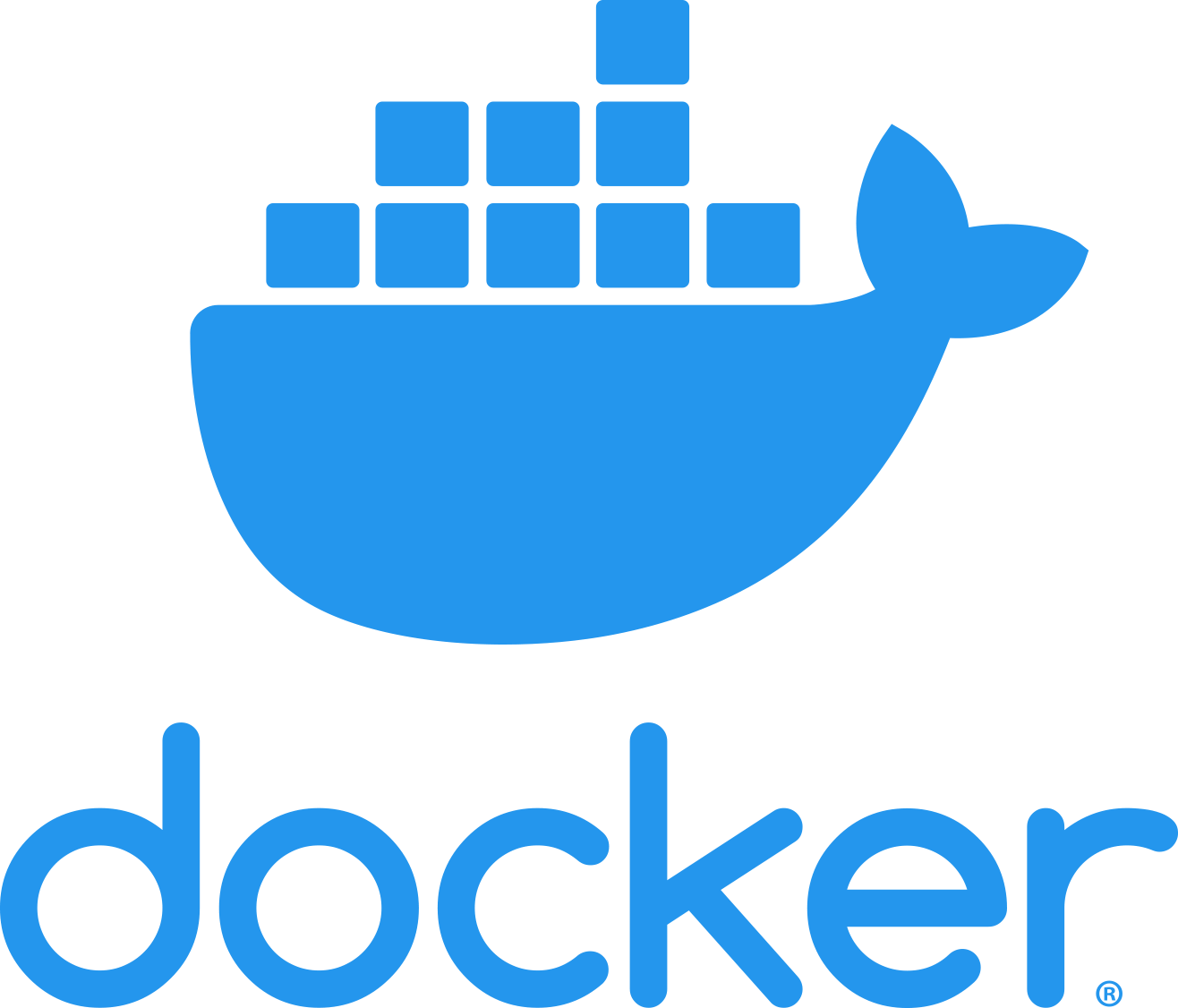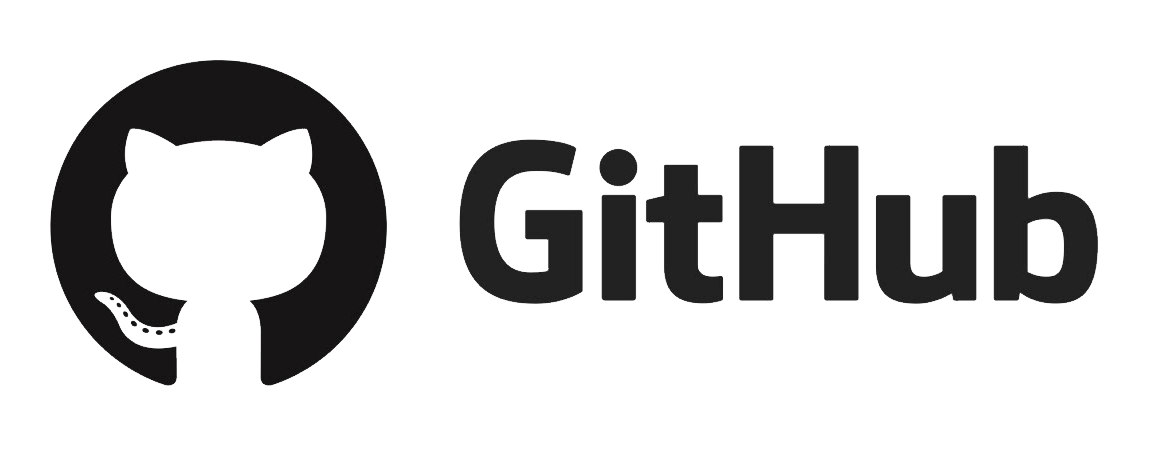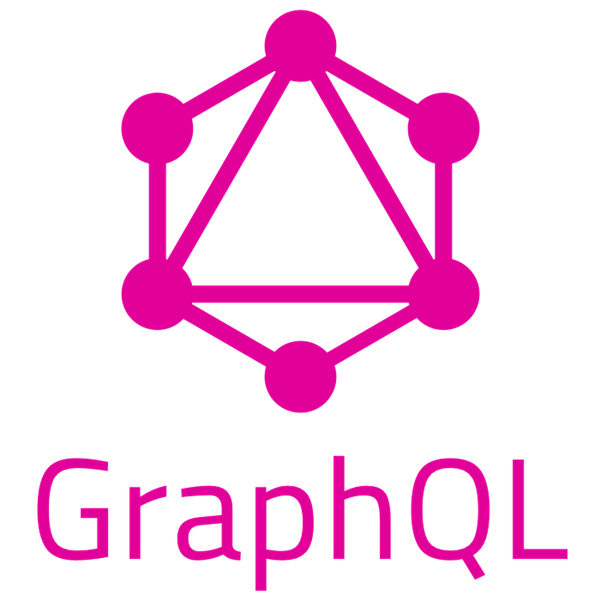Full-Stack Javascript Development Services
When the whole technology stack, from front-end to back-end, is developed using Javascript, that’s a full-stack javascript project. We began developing full-stack javascript applications mainly for start-ups who were interested in the efficiency gains. Years later, it’s become a more common practice even for mature organizations developing new applications.
Using full-stack, the whole team can participate in both front-end and back-end development. There are notable efficiency gains in this approach. For example, every team member understands the entire codebase, resulting in more developer productivity and easier knowledge sharing. There’s also extensive code sharing and reuse. And the global javascript community is robust with many well-supported open-source libraries and projects.
Front-End Javascript Development Services
Front-end Javascript development is common across Fortech’s web application and SaaS projects that use a variety of back-end technologies such as .NET, Java, Python, PHP, especially where the architecture offers a headless (ability to decouple front-end and back-end) solution.
Achieving the highest quality software is a matter of aligning culture, good processes, and teamwork.

High Performance and Scalability with Node.js
For full-stack Javascript development, Node.js is our core back-end technology. Node.js allows us to build high-load, scalable web apps with high performance.
Developing with Node demands experience and good adherence to standards. Through the course of numerous Node.js projects, we’ve improved our approaches and adopted tools and practices for using Node safely and productively. For example, we use Swagger to develop standard interfaces for RESTful APIs. And we address dependency security using Snyk, an excellent auditing tool for finding and fixing vulnerabilities in open source libraries.
Front-end Javascript Frameworks
React is the first front-end framework adopted by our Javascript community. Later we added Angular, now very popular across our projects. And more recently, we added Vue.js, giving us a more complete set of options for front-end technologies. Each has its pros and cons, enabling us to make more suitable choices for specific project needs.
We’ve developed standardized project setups for each front-end technology. These standards assure that we leverage the best parts of the technology and compensate for some of the downsides. Our Javascript community works together to develop these standards and employ them throughout our projects.
Angular
Angular is a cross-platform Javascript framework maintained by Google. It’s open-source and backed by a large developer community. Angular aims to simplify the development and testing of web applications by providing a framework for client-side MVC and MVVC architectures, in addition to components used commonly by developers.
Vue.js
Vue.js is a progressive Javascript framework made for building user interfaces. It’s incrementally adoptable, scaling between a library and a full-featured framework. Thus it has a relatively low entry barrier. Vue.js lets you compose complex UIs from small and isolated pieces of code called ‘components.’ It’s open-source and backed by a dynamically developing community.
Choose Your Javascript Development Services
- Front-End Development
- Full-Stack Application Development
- Backend API Development
- Interactive UI/UX Development
- Mobile apps and Single Page application development
- Website custom re-writes
- Version migration
- Plugin Development
- Support and maintenance
- Web & API Service integration
Standards & Practices
As noted already, developing and adhering to good standards is especially important for Javascript projects, which utilize an assortment of open-source libraries and components. We’re happy to share with you our standards for Javascript libraries and components for any given technology.
From a coding perspective, we follow most of the airbnb style guide. We make sure that if code doesn’t pass the linter, it doesn’t end up in the central repository.
On top of a healthy coding style guide comes the craftsmanship for writing clean and reusable code. We are 100% oriented towards quality and resilience when writing code. In our view, clean code equals less time spent maintaining code and more time developing features! All our teammates are familiarized with the main principles behind clean code, many of which are addressed in Robert Martin’s Clean Code: A Handbook of Agile Software Craftsmanship.
Software Testing
In addition to the tools and processes that allow us to build high-quality software, we’ve developed very high testing standards.
We employ testing automation for mid to long term projects. We run Unit, Integration, and End-to-End tests in a well-shaped testing pyramid. This allows us to check if our application behaves as expected quickly. Writing the right tests on the right level reduces the time we need for regression tests from days to minutes. This includes – amongst other things – a 100% automation of regression tests.
Within our community, we have a broad list of tools that facilitate test writing. This list is constantly updated as new resources come along and are tried out by our development teams. Based on the characteristics of the project, we decide which tools to use and align our decision with stakeholder needs.
A Selection of Successful Javascript Development Projects
Standards and Practices for Performance and Security
Performance
Performance in Javascript applications is achieved through good architecture and is regularly assessed and improved throughout the application lifecycle.
Keeping with standards and processes, we’ve formulated a set of good performance practices adopted by all our developers and QA for stress and load testing.
- Optimizing Critical Rendering Path
- Keeping the Bundle Size to a Minimum
- Backend Optimizations
- Performance Tests and Tools
- Interactivity and Animation
- Image Optimization
Ask us for details about our performance standards.
Security
Security in web applications is of great concern to both business and technology leads. Our experience is that security isn’t taken seriously enough. Our Javascript community collectively manages a blueprint for security standards when architecting and developing solutions. Also, our quality assurance teams use test automation to help validate security.
We address the security issues listed below as part of every project. We’re happy to share with you the full context behind each of these items.
- System Misconfiguration
- Sensitive Data Exposure
- Dependency Vulnerabilities
- Broken Authentication and Session Management
- Input Validation
- Cross-Site Request Forgery ( CSRF )
- Cross-Site Scripting ( XSS )
- Clickjacking
- Injection – SQL Injection
- Direct object references
Ask us for our security blueprint.
